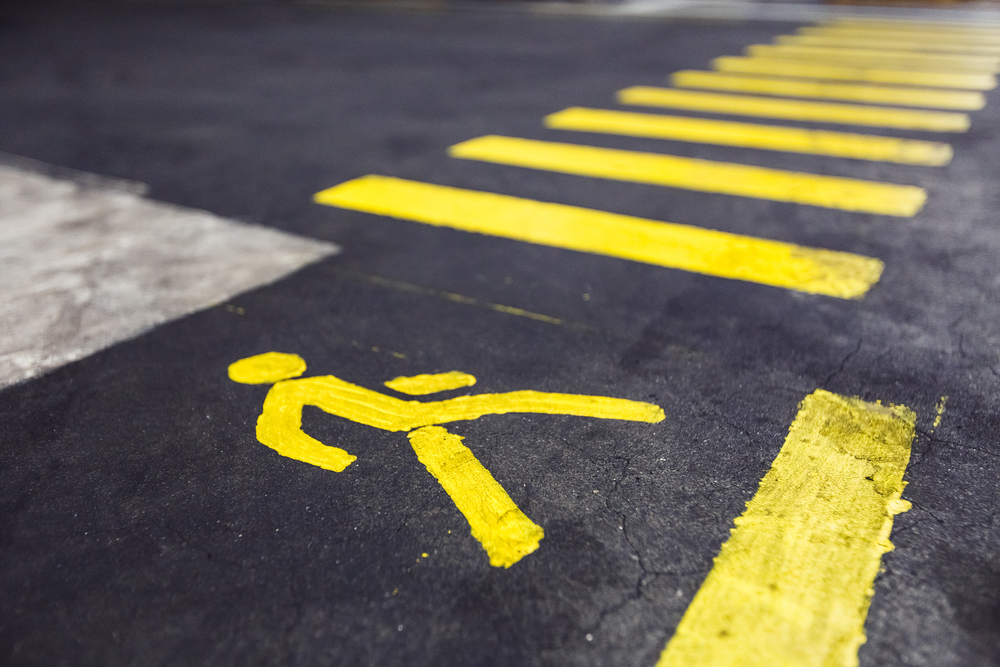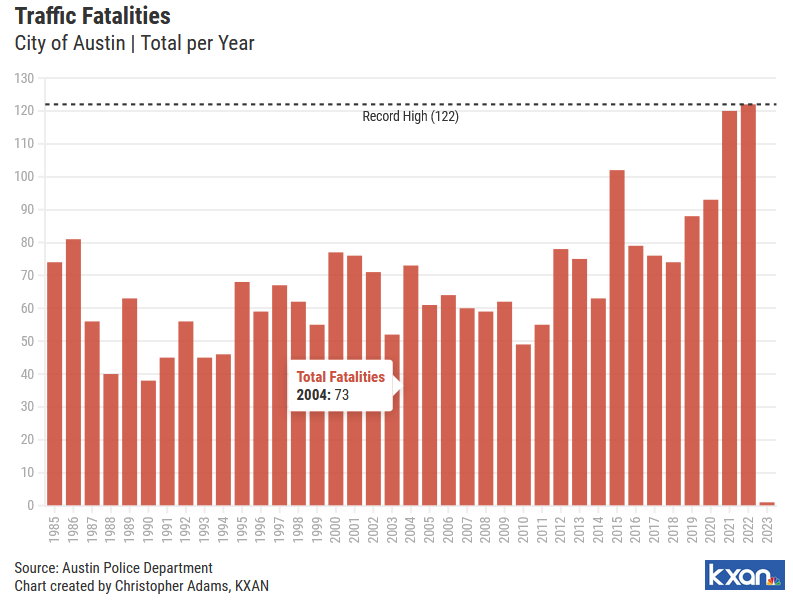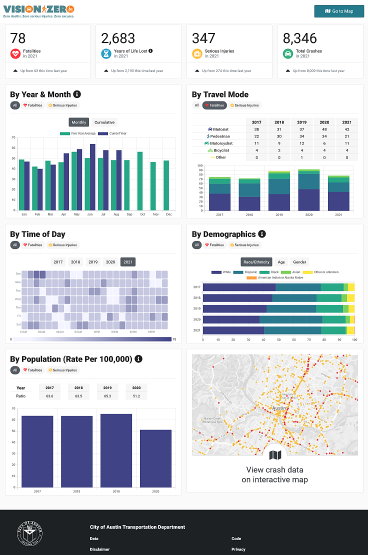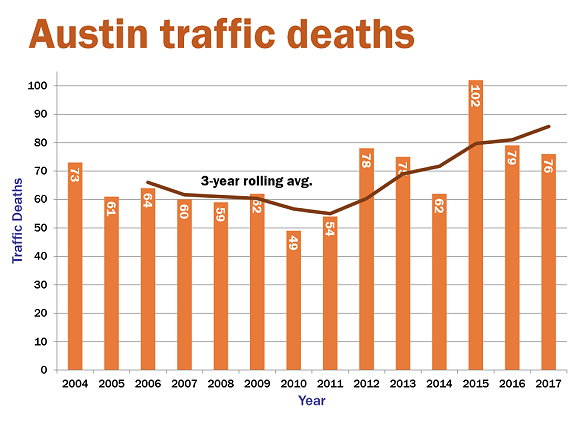MADD calls for passage of bill to require lifesaving technology as standard equipment in all new cars
WASHINGTON, D.C. (March 23, 2021) – New bipartisan legislation introduced today would ultimately require car manufacturers to install drunk driving prevention technology as standard equipment in new vehicles. U.S. Representative Debbie Dingell (D-Michigan), David McKinley (R-West Virginia) and Kathleen Rice (D-New York) introduced a bill that would require the U.S. Department of Transportation to issue a rulemaking to make this lifesaving technology available in all new passenger vehicles.
The Honoring Abbas Family Legacy to Terminate Drunk Driving (HALT) Act is named in memory of a Northville, Michigan family, Issam and Rima Abbas and their children Ali, Isabella, and Giselle, who were killed by a wrong-way drunk driver while driving home from a Florida vacation in January 2019.
The HALT Drunk Driving Act provisions were adopted by the U.S. House last year as part of passage of the multi-year transportation infrastructure bill known as the Moving Forward Act, which was awaiting action in the U.S. Senate when Congress adjourned in December.

“We have the technology to prevent drunk driving and save lives, and it’s long past time that we use it,” said Congresswoman Dingell. “Issam, Rima, Ali, Isabella, and Giselle Abbas should all still be with us today, but a driver with a BAC nearly four times the legal limit was allowed to get behind the wheel of a car and senselessly take their lives. The HALT Drunk Driving Act will make our roads safer and will help us bring an end to the trauma of drunk driving deaths and injuries in this country.”
“Too many families have lost loved ones to drunk drivers. Every year we lose over 10,000 lives – deaths that are preventable,” said Congressman McKinley. “With the current technology available, no person should be able to operate a vehicle while intoxicated. This legislation will ensure that vehicles utilize technology to stop drunk driving and ensure no more American lives are lost.” A similar bipartisan bill, known as the RIDE Act, will soon be introduced by Senators Ben Ray Lujan (D-NM) and Rick Scott (R-FL) in the Senate.
“New Mexico has the fourth-highest rate in the nation for alcohol-impaired driving fatalities, and the problem is getting worse,” said Senator Luján. “The Reduce Impaired Driving for Everyone (RIDE) Act will help prevent drunk driving in the United States and could save over 10,000 lives every year. I am committed to getting this critical legislation passed in the Senate.”
While drunk driving deaths have been cut by more than 50 percent since MADD was established 40 years ago, fatalities have plateaued at 10,000 annually for more than a decade. More than 9,400 drunk driving deaths could be prevented each year when drunk driving prevention technology is made standard on every new car, according to a study released last year by the Insurance Institute for Highway Safety.
“The time is now to pass this bipartisan bill and put an end to the trauma suffered by drunk driving victims and their families as a result of someone else’s bad choice,” said MADD National President Alex Otte. “MADD is so grateful for Congresswoman Dingell’s leadership to set in motion one of the most important pieces of legislation in MADD’s 40-year history. We also commend Reps. McKinley and Rice for joining this lifesaving effort. The HALT Drunk Driving Act will make great strides in our fight to eliminate drunk driving, which accounts for more than a quarter of all traffic deaths and injures more than 300,000 people every year.”
“This technology already exists and it could have saved my family,” said Rana Abbas Taylor, sister of the late Rima Abbas. “We have an opportunity here to eliminate drunk driving. It’s time for the federal government and auto industry to act now to prevent other families from the unimaginable pain of losing loved ones to drunk driving. I am so grateful to Congresswoman Dingell for her incredible leadership and swift action in creating legislation in my family’s honor.”
Americans support Congressional action to require drunk driving prevention technology as standard equipment in all new vehicles, according to a new nationwide poll conducted by Ipsos for MADD. The survey found that 9 of 10 Americans support technology that is integrated into a car’s electronics to prevent drunk driving (89% say it is a good or very good idea[1]), while 3 of 4 (77%) back Congressional action to require this technology in all new vehicles. More broadly, 8 of 10 (83%) believe that new auto safety features should be standard in vehicles as they become available, not part of optional equipment packages.
Such systems include driver monitoring, which can detect signs of distracted, impaired or fatigued driving, and alcohol detection, which uses sensors to determine that a driver is under the influence of alcohol and then prevent the vehicle from moving. Technologies like these will be beneficial not only to prevent drunk driving, but to detect other dangerous behaviors that lead to crashes such as drowsy driving, distracted driving, and even medical emergencies.
“The HALT Drunk Driving Act takes a technology-neutral approach and gives the auto industry a reasonable period of time to include drunk driving prevention technologies as standard equipment in all cars,” said MADD’s Otte. “Drunk driving remains the biggest killer on our roadways, so the benefits of requiring drunk driving detection technology in all vehicles is overwhelming in terms of lives saved. Simply put, this technology cannot be optional.”
Rep. Rice has a long history of fighting drunk driving and supporting MADD from her days as Nassau County, New York, District Attorney, where she was called “the state’s toughest DWI prosecutor” by the New York Daily News. CBS’s 60 Minutes profiled her work to reduce drunk driving in 2008.
Rep. Dingell, Rep. McKinley and Rep. Rice are members of the House Energy and Commerce Committee, which considers auto safety legislation. MADD also commends the Committee’s Chairman Frank Pallone (D-NJ) and Consumer Protection Subcommittee Chair Jan Schakowsky (D-IL) for their support of the HALT proposal.
For more information about the HALT Drunk Driving Act and vehicle technology to stop drunk driving, please visit madd.org/HALTAct.

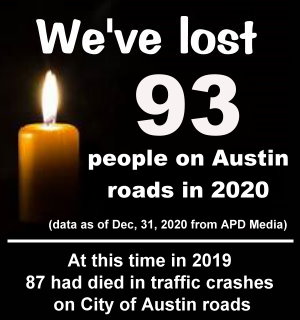 March 4 (UPI) —
March 4 (UPI) —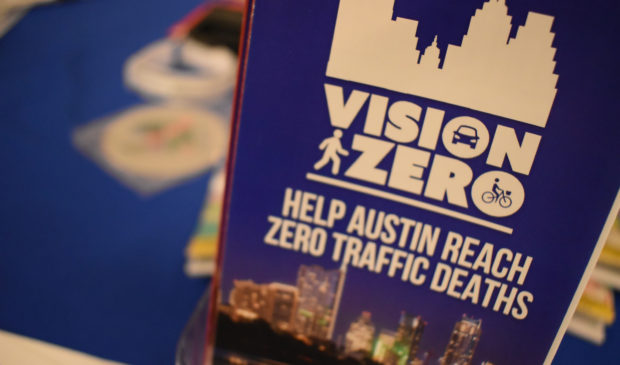 FOX7 AUSTIN –
FOX7 AUSTIN – 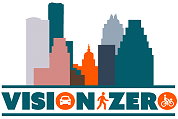 AUSTIN, Texas — The
AUSTIN, Texas — The 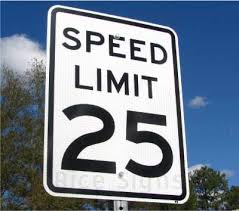
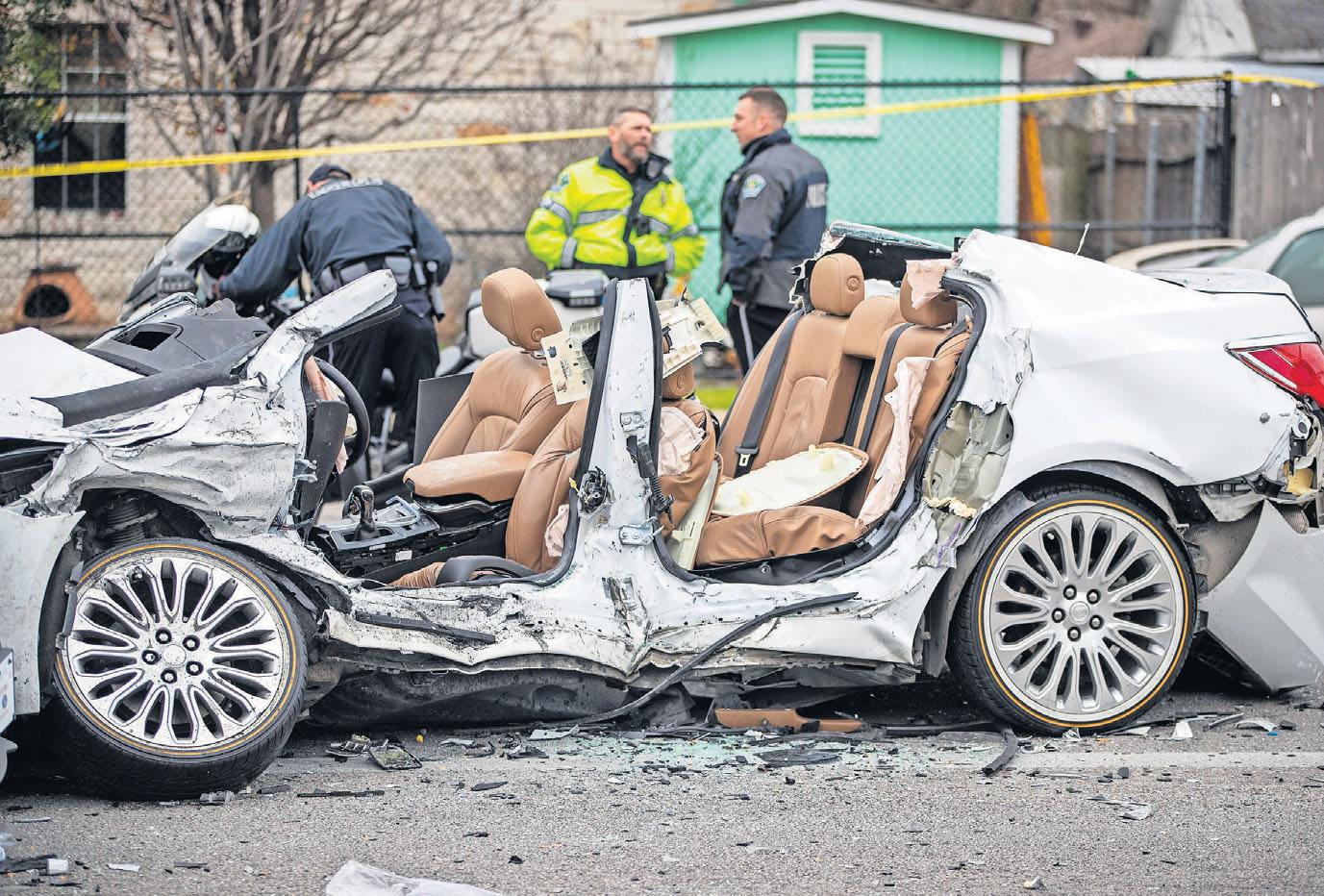 January 31, 2020 (CBS Austin) – “It’s a crisis we have to solve,” said Jay Crossley, director of
January 31, 2020 (CBS Austin) – “It’s a crisis we have to solve,” said Jay Crossley, director of  January 3, 2020 – AUSTIN, TX —
January 3, 2020 – AUSTIN, TX — 